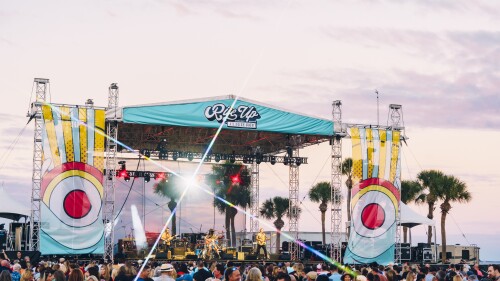Tucked away within Tampa’s Forest Hills neighborhood, Babe Zaharias Golf Course has been a retreat for golfers of all abilities since it first opened its tree-laden doors in 1926.
Today, it’s one of three municipal courses operated by the City of Tampa, and has even been added to the Florida Historic Golf Trail — a collection of renowned courses across the Sunshine State. But how did we get here?
Early days
When it first opened, the course was known as Forest Hills Golf and Country Club. It was a stately facility, complete with riding stables and “a magnificent two-story clubhouse that included a ballroom.” There were 10 homes around the property — far fewer than today, where ~5,000 people reside.
In 1949, Mildred Ella “Babe” Didrikson Zaharias bought the course. Zaharias was a generational athlete, winning two Olympic gold medals and one silver in track and field at the 1932 Games.
She took up golf after retiring from athletics, and won 10 LPGA tournaments. She was also the first woman to play on the men’s PGA Tour — a feat that took six decades to replicate.
Zaharias died of cancer in 1956. The grounds fell into disrepair following her death, and a mysterious fire burned the clubhouse down six years later.
New life
The City of Tampa bought the property in the 1970s, renaming it in Zaharias’ honor. It was placed under the operation of the Tampa Sports Authority, who still look after it today.
Today, you’ll hear local golfers affectionately refer to it as “Babe,” and it remains among the most popular courses in the entire Tampa Bay area. Recently, a $1 million renovation saw new grass added to its greens, new bunkers installed, and a new putting green.
There’s also a litany of events, fundraisers, and special occasions filling the near-century old property with joy — and some occasional golf-induced anguish.












